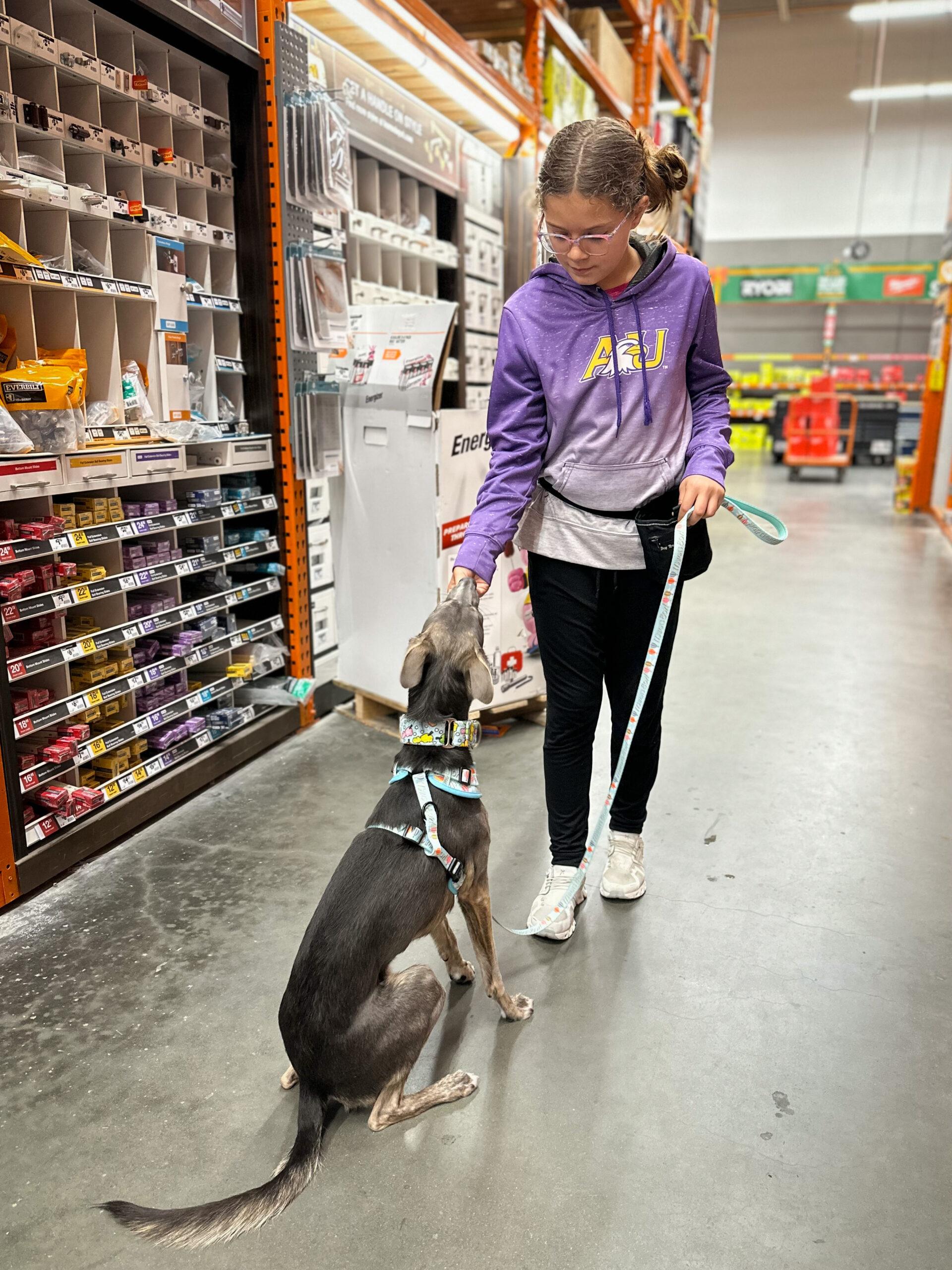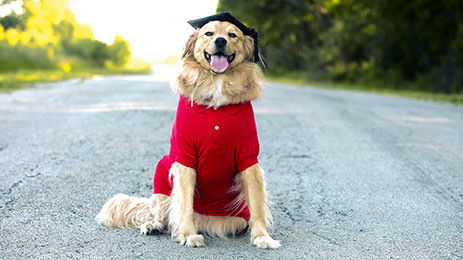Necessary Tips for Effective Dog Training: A Guide for Family Pet Owners
Reliable canine training is a diverse process that requires a strategic technique customized to both the pet's character and the proprietor's objectives. Key components such as developing consistent commands, using favorable support, and helping with early socializing play vital duties in promoting a well-adjusted canine buddy. Nevertheless, numerous animal proprietors encounter difficulties that can hinder progression, causing disappointment and unpredictability. Understanding how to navigate these barriers can substantially enhance the training experience, inevitably changing the partnership between owner and pet dog. What are the important methods that can be used to make certain success in this undertaking?
Comprehending Canine Behavior
Recognizing pet behavior is important for reliable training and cultivating a harmonious partnership in between dogs and their proprietors. dog training. Pet dogs connect mainly with body language, vocalizations, and activities, making it vital for proprietors to analyze these signals properly.

Socialization plays a significant function in pet dog behavior; direct exposure to different settings, people, and various other animals can dramatically impact a pet's temperament. Variables such as type qualities and specific temperament must direct training techniques, as some breeds may have specific behavioral characteristics that necessitate tailored methods. By comprehending these elements, owners can develop a helpful setting that motivates positive habits, bring about successful training end results and a much deeper bond with their pets.
Developing Regular Commands
Reliable communication with your dog begins with establishing constant commands. This fundamental aspect of training is critical for fostering understanding in between you and your pet dog. Uniformity in the commands you use ensures that your pet dog can accurately associate particular words or phrases with the preferred actions.
When picking commands, choose clear, unique words that are very easy to say and set apart from each other. Stay clear of making use of similar-sounding commands that may confuse your pet dog. Making use of "sit" and "stay" is appropriate, but "rest" and "hit" might lead to misconceptions.
Furthermore, keep the same tone and volume for each command. Pets are sensitive to vocal signs, so varying your tone can develop confusion.
It is equally vital to guarantee that all household members are on the exact same web page concerning the commands used. A united front in command usage will certainly stop combined signals and strengthen the discovering process.
Favorable Support Methods
The power of favorable reinforcement in pet training depends on its capacity to motivate desired behaviors with incentives and appreciation. This method is based in the concept that behaviors followed by positive results are more probable to be repeated. By incorporating favorable reinforcement into your training program, you can properly form your dog's actions in a useful fashion.
To apply positive support, it's necessary to identify what motivates your pet, whether it be deals with, toys, or spoken praise. When your pet does a preferred action, such as sitting on command, instantly reward them with a treat or love. This organization in between the command and the favorable end result enhances their understanding.
It's important to timing the benefits appropriately; supplying the support within secs of the wanted actions aids your pet make the connection (dog training). Furthermore, uniformity is vital-- guarantee that all member of the family use the exact same commands and benefit systems to avoid complication

Slowly, you can lower the regularity of deals with as your pet discovers the actions, transitioning to commend or periodic benefits. This approach not just fosters a solid bond between you and your dog yet additionally advertises a favorable learning atmosphere, making educating a satisfying experience for both.
Socialization and Interaction
Consistently subjecting your pet dog to a variety of atmospheres, individuals, and other animals is vital for their social development. Socializing must start early, preferably during the important window of 3 to 14 weeks, when puppies are most receptive to brand-new experiences. Older canines can also profit from continuous socializing initiatives.
Present your canine to various setups, such as parks, pet-friendly shops, and city locations. This exposure helps them adjust to different stimulations, minimizing stress and anxiety and concern actions. Motivate positive interactions with various other canines and people, making certain that these encounters are regulated and risk-free to cultivate self-confidence.
Use structured playdates with courteous pets, as this can boost your dog's social skills and check here show them suitable behavior. Obedience classes and training sessions additionally supply excellent opportunities for socializing, allowing your pet dog to interact with others in a monitored setting.
Monitor your pet dog's body movement throughout interactions, as this will certainly assist you determine their convenience degree. Progressively increase exposure to more challenging circumstances while guaranteeing that each experience is favorable. A well-socialized dog is more probable to show well balanced behavior, making them a happiness to have in any type of setting.
Attending To Typical Training Obstacles
Every pet owner will experience training obstacles at some time, regardless of their pet's age or socializing level. Identifying typical problems such as stubbornness, diversions, and terror can aid in establishing effective approaches for renovation.

Distractions during training sessions can thwart emphasis. To combat this, begin training in a silent atmosphere with marginal stimuli. Slowly introduce interruptions as the pet becomes much more skilled in commands. Short, constant training sessions are additionally efficient in preserving focus.
Terror can hinder a pet's learning process. Progressive desensitization to the resource of worry, coupled with favorable support, can assist ease stress and anxiety. Patience is essential; never ever force a canine into a circumstance that creates distress, as this may intensify the issue.
Eventually, understanding and addressing these typical difficulties with a structured technique will certainly promote a much more efficient training experience, enhancing the bond in between canine and owner while advertising effective understanding.
Verdict
In recap, effective pet dog training relies upon a detailed understanding of canine behavior, the facility of regular commands, and the application of try this positive support strategies. Socialization plays a crucial role in establishing well-adjusted pets, while addressing typical training difficulties calls for persistence and flexibility. By implementing these crucial methods, pet dog proprietors can promote a strong bond with their canines and promote preferable behaviors, ultimately resulting in a harmonious partnership in between people and their canine friends.
Understanding pet dog habits is necessary for reliable training and promoting an unified relationship between pooches and their proprietors.Socialization plays a considerable function in pet actions; direct exposure to various settings, individuals, and other animals can considerably influence a canine's character.The power of favorable support in pet training exists in its capacity to urge wanted behaviors through rewards and appreciation. By integrating favorable reinforcement into your training routine, you can successfully form your dog's actions in a positive manner.
In recap, successful dog training relies on a detailed understanding of canine habits, the facility of consistent commands, and the application of positive reinforcement methods.